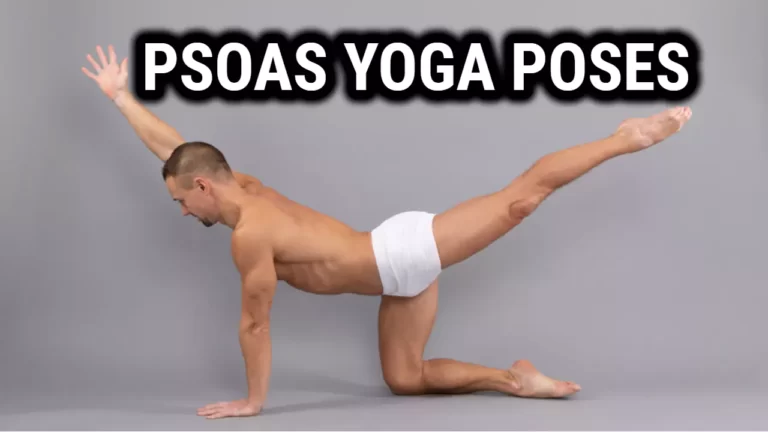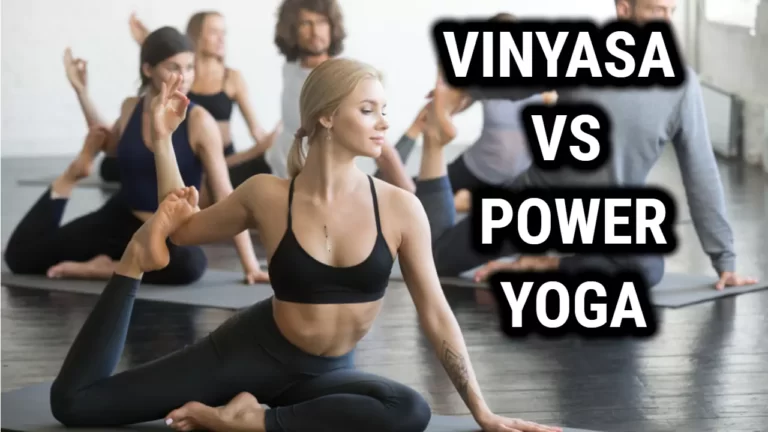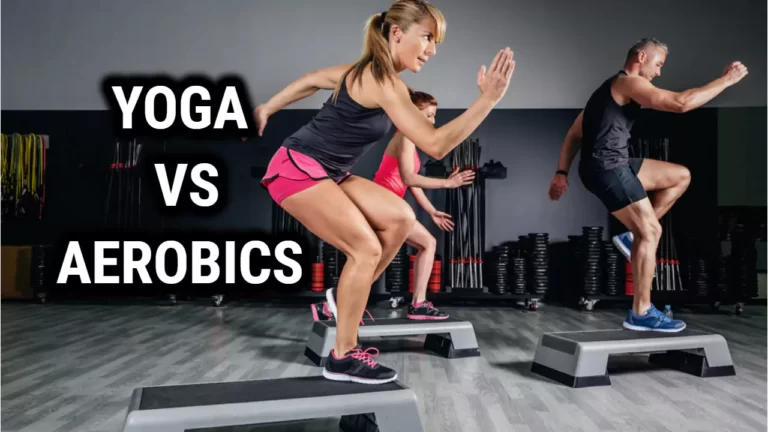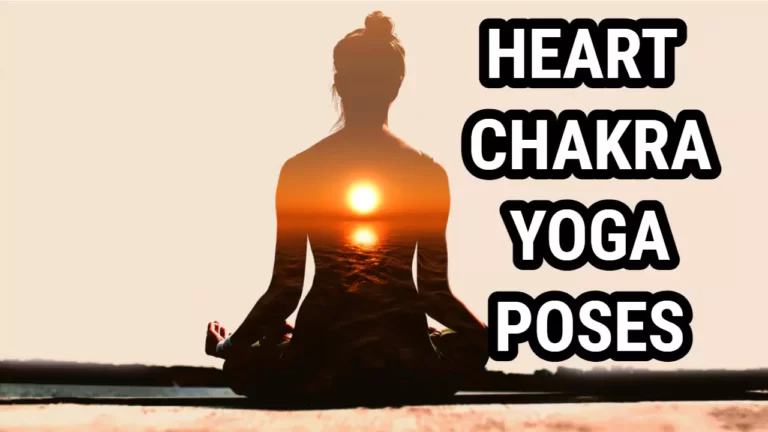17 Two Person Yoga Poses For Beginners
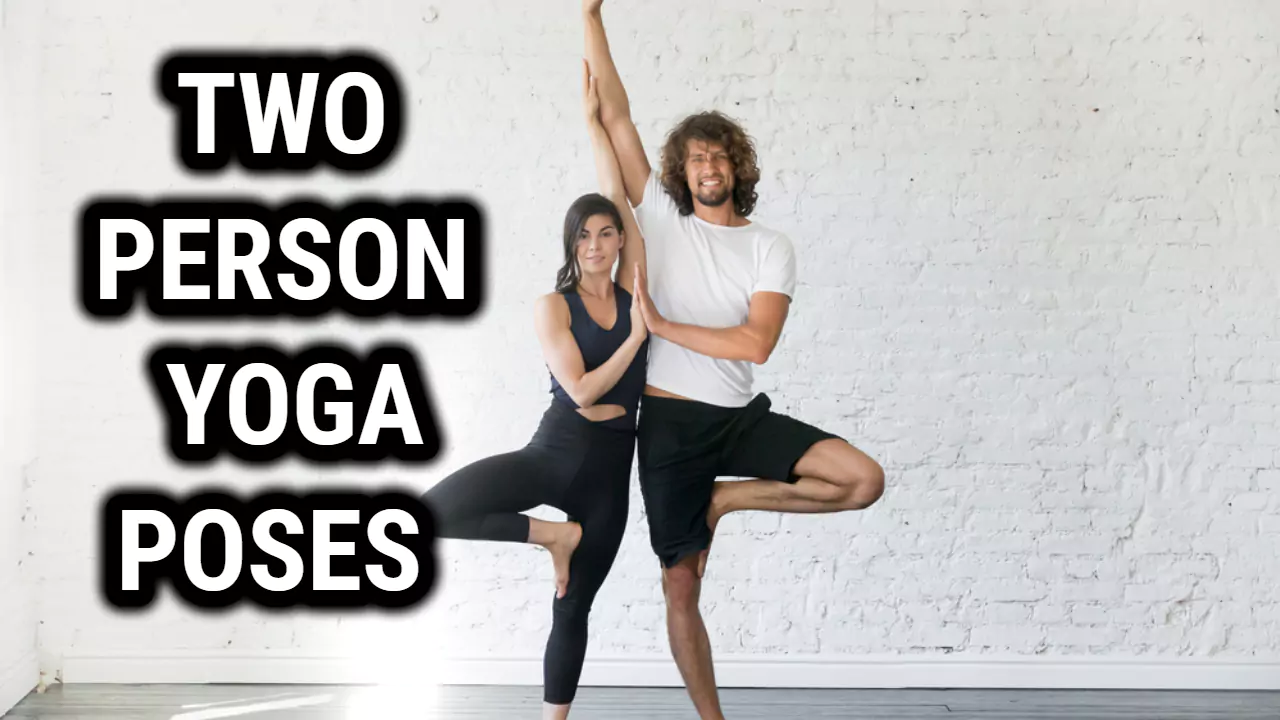
Do you want to take your yoga practice to the next level? Do you want to deepen your connection with your partner while improving your flexibility and balance? Look no further than two-person yoga.
This dynamic form of yoga is not only fun and challenging, but it can also bring you and your partner closer together. In this article, we will introduce you to some of the best two-person yoga poses for beginners, along with tips for practicing safely and effectively.
Tips for Practicing Two-Person Yoga
Before we dive into the poses, let’s first discuss some important tips for practicing two-person yoga.
Communication and Trust
The key to successful two-person yoga is communication and trust. Before starting, make sure you and your partner are on the same page about your goals and limitations. Be sure to communicate openly throughout your practice, especially when it comes to adjusting each other’s alignment or providing support. Trusting your partner and your own abilities will help you both relax and enjoy the practice.
Choosing a Partner
While you can practice two-person yoga with any willing partner, it’s important to consider factors such as height, weight, and experience level. Ideally, you and your partner should be a similar size and have similar flexibility and strength. If you are both beginners, it may be helpful to choose a partner who is at a similar skill level to you.
Setting up a Safe Space for Practice
It’s important to practice two-person yoga in a safe and comfortable environment. Choose a spacious and clean area where you won’t be interrupted. Make sure you have a non-slip surface and sufficient props, such as yoga blocks or blankets, to support your practice.
Warming Up Before Starting
Like any yoga practice, it’s important to warm up your body before diving into the poses. Spend a few minutes doing some gentle stretches, such as cat-cow or downward dog, to prepare your muscles and joints for the practice.
Two-Person Yoga Poses for Beginners
Now that you’re ready to start, let’s explore some two-person yoga poses that are perfect for beginners.
Seated Poses
Seated poses are a great way to start your two-person yoga practice. They are gentle, easy to modify, and allow you to connect with your partner in a comfortable and intimate way.
1. Seated Twist
- Sit back-to-back with your partner, cross your legs, and place your hands on your knees.
- Inhale and lengthen your spine. Exhale and twist to the right, placing your left hand on your right knee and your right hand on your partner’s left knee.
- Hold the pose for a few breaths, then inhale to come back to center. Repeat on the other side.
2. Seated Forward Bend
- Sit facing your partner with your legs straight out in front of you.
- Inhale and lengthen your spine. Exhale and fold forward, reaching for your partner’s hands or ankles.
- Hold the pose for a few breaths, then inhale to come back up.
3. Seated Backbend
- Sit facing your partner with your legs straight out in front of you.
- Inhale and lift your arms overhead. Exhale and lean back, placing your hands on your partner’s shins or ankles.
- Hold the pose for a few breaths, then inhale to come back up.
Standing Poses
Standing poses are a great way to build strength, balance, and focus. They require more coordination with your partner and can be more challenging, but also more rewarding.
4. Chair Pose with Back-to-Back
- Stand back-to-back with your partner, with your feet hip-width apart.
- Inhale and raise your arms overhead. Exhale and bend your knees, pressing your back against your partner’s back to create a 90-degree angle.
- Hold the pose for a few breaths, then inhale to stand up straight.
5. Tree Pose with Partner
- Stand facing your partner, with your feet hip-width apart.
- Inhale and lift your right foot to rest on your left thigh. Place your right hand on your partner’s shoulder for support.
- Hold the pose for a few breaths, then switch sides.
6. Warrior II Pose with Partner
- Stand facing your partner, with your feet wide apart.
- Inhale and turn your left foot out to the side. Exhale and bend your left knee, bringing your thigh parallel to the ground. Extend your arms out to the sides.
- Have your partner stand behind you and place their hands on your hips for support.
- Hold the pose for a few breaths, then switch sides.
Balancing Poses
Balancing poses require focus, strength, and trust. They are a great way to challenge yourself and deepen your connection with your partner.
7. Partner Boat Pose
- Sit facing your partner with your knees bent and your feet flat on the ground.
- Hold hands with your partner and lift your feet off the ground, balancing on your sit bones.
- Straighten your legs and reach your arms forward, creating a V-shape with your body.
- Hold the pose for a few breaths, then release.
8. Partner Plank Pose
- Begin in plank pose, with your hands and feet on the ground and your body in a straight line.
- Have your partner stand facing you and place their feet on your shoulders.
- Hold the pose for a few breaths, then release.
9. Partner Camel Pose
- Kneel facing your partner, with your shins and feet on the ground.
- Hold hands with your partner and lean back, bringing your chest toward the sky.
- Allow your partner to support you by holding onto your hips.
- Hold the pose for a few breaths, then release.
Inverted Poses
Inverted poses are a great way to improve circulation, boost energy, and build confidence. They require more strength and coordination, so make sure you and your partner are comfortable with the other poses before attempting these.
10. Partner Downward Dog
- Begin in downward dog pose, with your hands and feet on the ground and your body in an inverted V-shape.
- Have your partner stand behind you and place their hands on your hips.
- Lift one leg off the ground and extend it up toward the sky, keeping your hips squared.
- Hold the pose for a few breaths, then switch sides.
11. Partner Shoulder Stand
- Lie on your back with your arms by your sides and your legs straight up in the air.
- Have your partner stand over you and hold onto your ankles.
- Lift your hips off the ground and allow your partner to support your legs as you come into shoulder stand.
- Hold the pose for a few breaths, then release.
12. Partner Headstand
- Begin in downward dog pose, with your hands and feet on the ground and your body in an inverted V-shape.
- Have your partner stand behind you and place their hands on your hips.
- Lift one leg off the ground and extend it up toward the sky, keeping your hips squared.
- Slowly lift your other leg off the ground, bringing both legs into a headstand.
- Your partner can provide support by holding onto your hips or legs.
- Hold the pose for a few breaths, then slowly release.
Advanced Yoga Poses for Two People
These advanced poses require a lot of strength, flexibility, and trust. In this article, we will explore some of the advanced yoga poses for two people.
13. Wheel Pose
The Wheel pose is a challenging backbend that requires a lot of strength and flexibility. This pose is often done alone, but it can also be done with a partner. To do the Wheel pose with a partner, follow these steps:
- Start by standing facing each other, with your feet hip-width apart.
- Take one step towards each other, so that your toes are touching.
- Reach your arms out towards each other and clasp hands.
- One partner should begin to bend forward, bringing their hands and arms down towards the ground.
- The other partner should begin to lean back, bringing their hands and arms up towards the sky.
- Keep your arms straight and strong as you slowly begin to lift your partner off the ground.
- Once your partner is fully lifted, straighten your arms and hold the pose for a few breaths.
- Slowly release and switch roles so that each partner has a chance to be lifted.
The Wheel pose with a partner is a great way to deepen your backbend and strengthen your core muscles. It also requires a lot of trust and communication between partners.
14. Flying Bow
The Flying Bow pose is an advanced variation of the Bow pose that requires a lot of strength and flexibility. To do the Flying Bow pose with a partner, follow these steps:
- Sit facing your partner with your knees bent and feet on the ground.
- Hold onto your partner’s wrists and lean back, lifting your legs off the ground.
- Your partner should do the same.
- Slowly begin to straighten your legs, lifting your chest towards the ceiling.
- Your partner should lift their chest as well, creating a bow shape with your bodies.
The Flying Bow pose is a great way to build trust and communication with your partner while also strengthening your back and legs.
15. Flying Paschi
The Flying Paschi pose is an advanced variation of the Seated Forward Bend pose that requires a lot of strength and flexibility. To do the Flying Paschi pose with a partner, follow these steps:
- Sit facing your partner with your legs extended in front of you.
- Reach your arms around your partner’s waist and lift your legs off the ground.
- Your partner should do the same.
- Slowly begin to straighten your legs, bringing your bodies into a V-shape.
- Hold the pose for a few breaths, then slowly release.
The Flying Paschi pose is a great way to improve your flexibility and balance while also strengthening your core muscles.
16. Flying Superman
The Flying Superman pose is an advanced variation of the Superman pose that requires a lot of strength and coordination. To do the Flying Superman pose with a partner, follow these steps:
- Lie face down on the ground with your arms extended in front of you.
- Your partner should straddle your lower back and hold onto your wrists.
- Lift your legs and chest off the ground as your partner lifts your arms.
- Hold the pose for a few breaths, then slowly release.
The Flying Superman pose is a great way to improve your back strength and coordination while also building trust and communication with your partner.
17. Flying Handstand Scorpion
The Flying Handstand Scorpion pose is an advanced variation of the Handstand Scorpion pose that requires a lot of strength, flexibility, and balance. To do the Flying Handstand Scorpion pose with a partner, follow these steps:
- Begin in a Handstand position with your legs resting against a wall.
- Your partner should stand facing the wall, holding onto your ankles.
- Slowly begin to lift your legs away from the wall, extending them towards your partner.
- Your partner should begin to lean forward and lift your legs towards the ceiling.
- Once your partner has lifted your legs high enough, you can begin to arch your back and reach towards the ground with your hands.
- Hold the pose for a few breaths, then slowly release.
The Flying Handstand Scorpion pose is an incredibly challenging pose that requires a lot of strength, flexibility, and trust between partners. This pose is not recommended for beginners and should only be attempted by experienced yogis.
Tips for Practicing Partner Yoga
Partner yoga can be a fun and rewarding way to deepen your connection with your partner, but it’s important to approach it with caution and care. Here are some tips to help you get the most out of your practice:
- Start slowly: If you’re new to yoga or partner yoga, start with the easier poses and work your way up to the more challenging ones. Take your time and don’t rush the process.
- Communicate: Clear communication is key when practicing partner yoga. Make sure you and your partner are on the same page about what you want to do and how you want to do it. Use verbal cues and hand signals to communicate throughout your practice.
- Listen to your body: Yoga should never hurt or cause pain. If a pose doesn’t feel right, don’t push yourself to do it. Instead, modify the pose or move on to something else.
- Be present: Partner yoga requires focus and presence. Try to let go of distractions and stay in the moment with your partner.
- Have fun: Partner yoga can be a playful and joyful way to connect with your partner. Don’t take it too seriously and remember to have fun.
Conclusion
Partner yoga can be a fun and rewarding way to deepen your connection with your partner, improve your flexibility and strength, and try something new. By practicing the poses listed above, you can challenge yourself and your partner while strengthening your bond.
Remember to approach partner yoga with caution and care, and always listen to your body. Most importantly, have fun and enjoy the journey of exploring partner yoga together.
